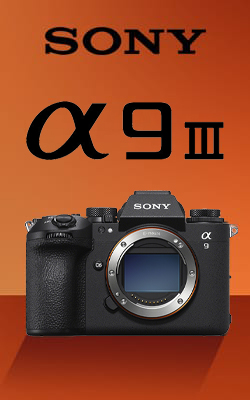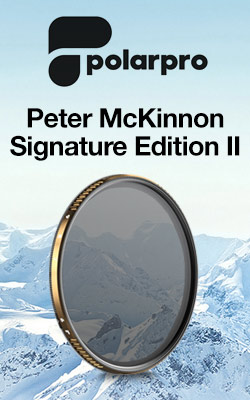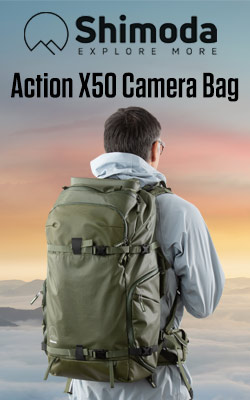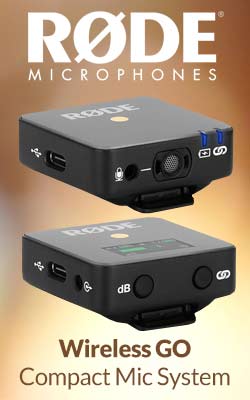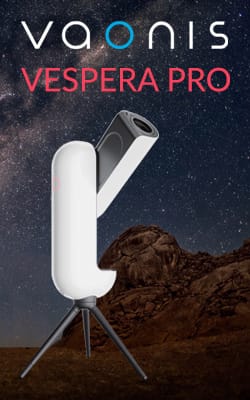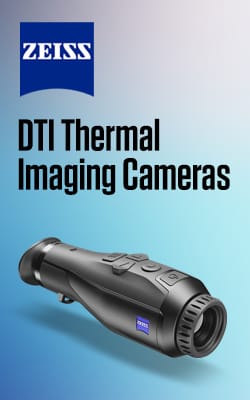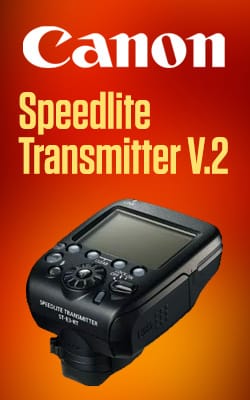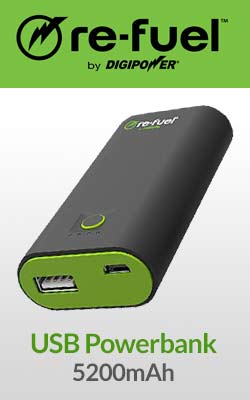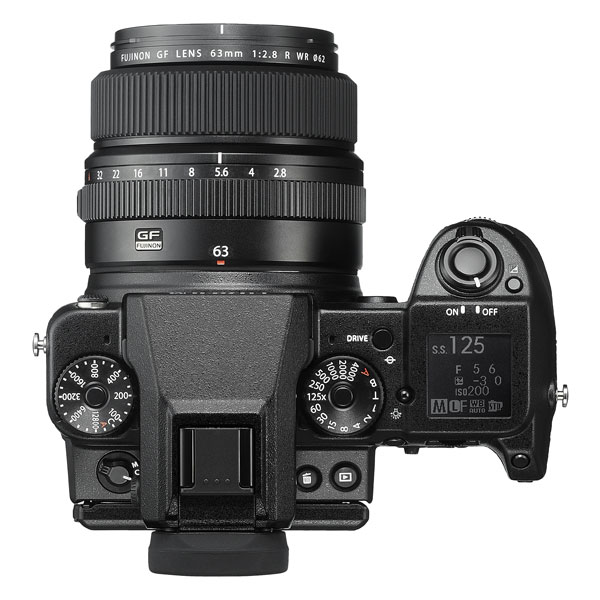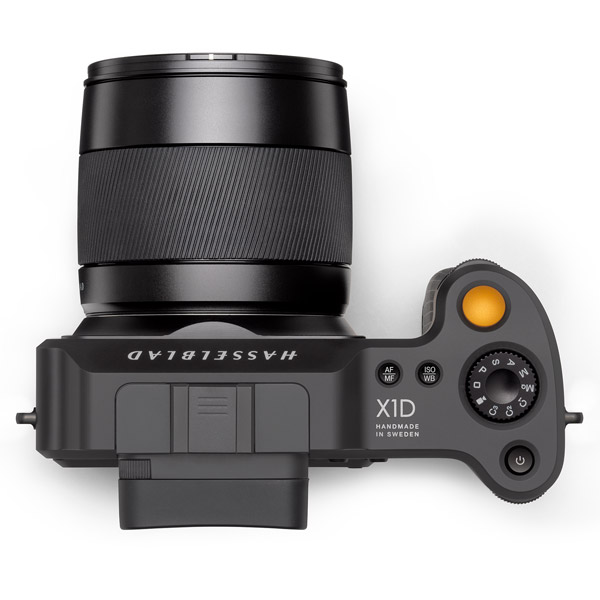What is Medium Format Photography?
A medium format digital camera is a camera that has a sensor that’s even larger than the full-frame sensors inside cameras like the Sony A7 III, Nikon Z6/Z7, Panasonic Lumix S1R and the Canon EOS R/RP.
The Fujifilm GFX 50R and 50S, for example, both use a sensor that measures 43.8 x 32.9mm. That’s significantly bigger than the 24x36mm sensor of a full-frame model and they’re called medium format cameras because, back when most images were captured on film, 35mm film was known as the small format.
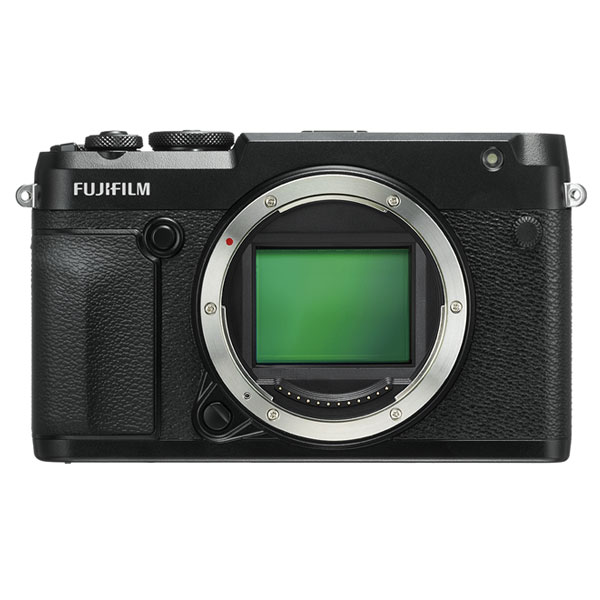
Medium Format Sensor Size - 43.8 x 32.9mm
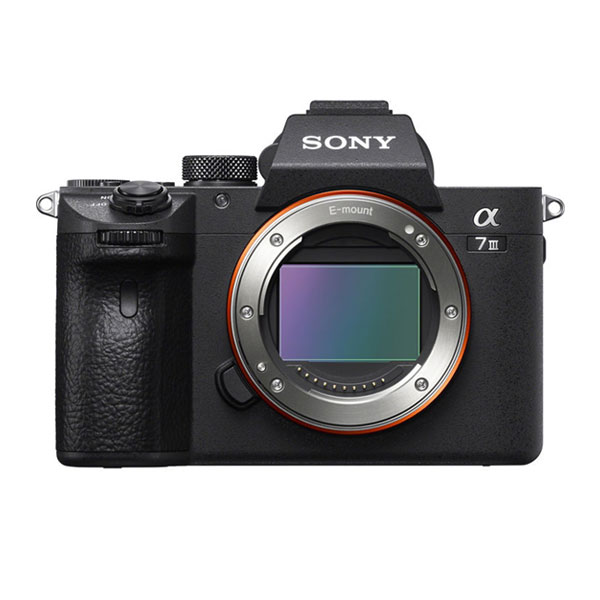
Full-frame Sensor Size - 24 x 36mm
What’s so Good about Medium Format Photography?
The main benefit of using a medium format camera is that the pixels on the sensor are usually bigger than those on a full-frame, APS-C or Four Thirds type sensor - even with a higher pixel count. As a result, each pixel gathers more light than a pixel on a small format sensor and consequently, the images are cleaner, with less noise and fantastic detail.
Another advantage of a medium format sensor is that that the camera can capture detail across a wider brightness range. In other words, medium format cameras usually have a greater dynamic range, which gives more flexibility to adjust the image post-capture. That’s incredibly useful for landscape photography where you want to retain detail in bright clouds as well as the deepest shadows, but it’s helpful for all sorts of photography including still life and portraiture.
Medium Format Lenses
It’s important to remember that the effective focal length of a lens changes when you use a medium format camera. It’s similar to stepping up from APS-C format to full-frame as the effective focal length is shorter than you’re used to. For example, the Fujifilm GF63mm f/2.8 R WR lens, which is a popular choice with the Fuji GFX 50R, has an angle of view similar to a 50mm lens on a full-frame camera, or around a 35mm lens on an APS-C format camera.
This means that you need to use a longer focal length with a medium format camera to get the same framing as with a full-frame camera. And as using a longer focal length reduces the depth of field at any given aperture, medium format cameras capture less depth field. Consequently, it’s easier to blur the background and isolate your subject from its surroundings.
What are the Disadvantages of Medium Format Cameras?
Having large sensors means that medium format cameras are usually bigger than models with a full-frame or Four-Thirds type sensor. However, the mirrorless revolution has also reached medium format cameras, and models like the Fujifilm GFX 50S, Fujifilm GFX 50R and Hasselblad X1D 50C are smaller than medium format SLRs.
Having a large sensor also requires large lenses. This means that the lens elements are heavier, so autofocusing tends to be a bit slower than you might be used to. But again, this is something that has improved over recent years.
The biggest downside, of course, is that the sensor is the most expensive component in a digital camera and consequently, medium format cameras are a bit more expensive than their smaller sensor companions.
- 10 Jun 2019


